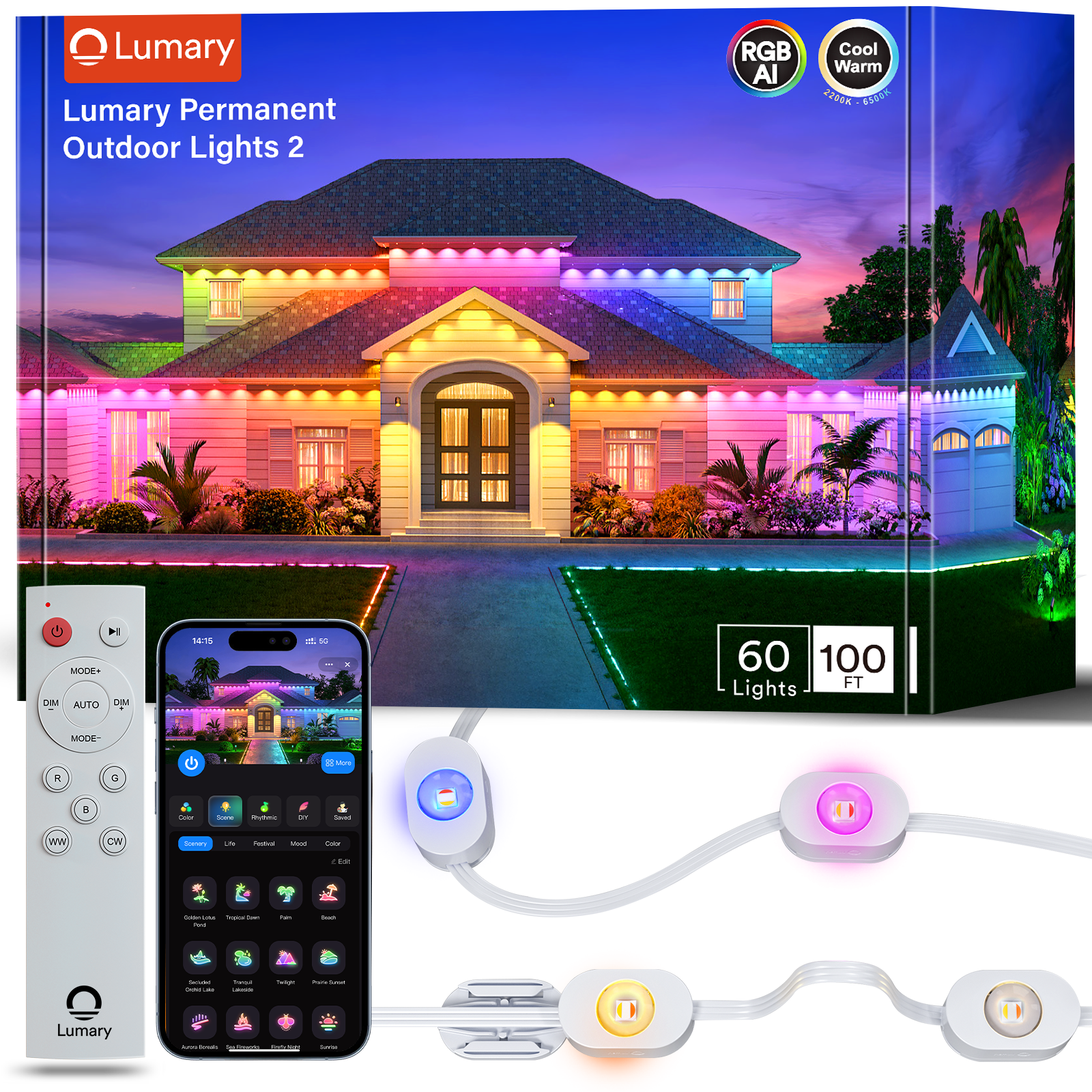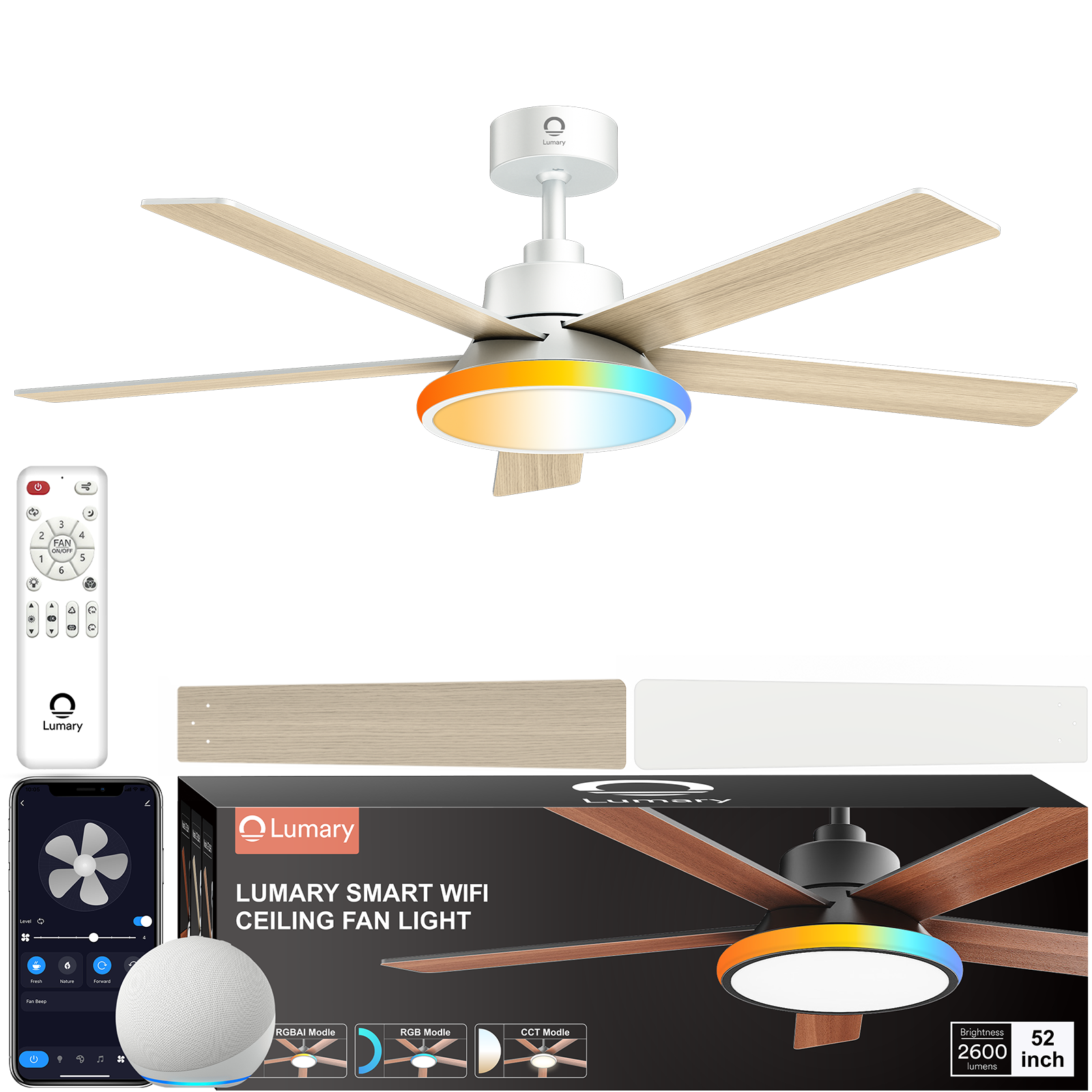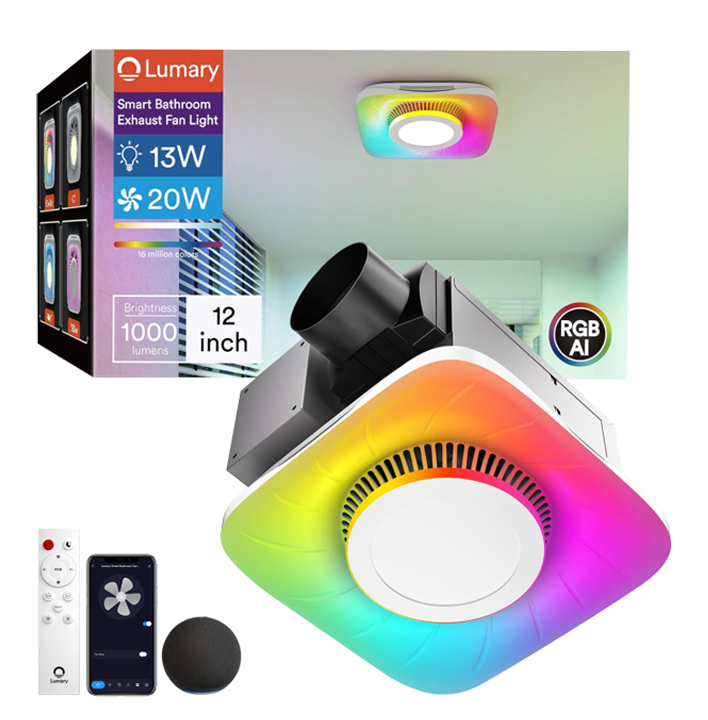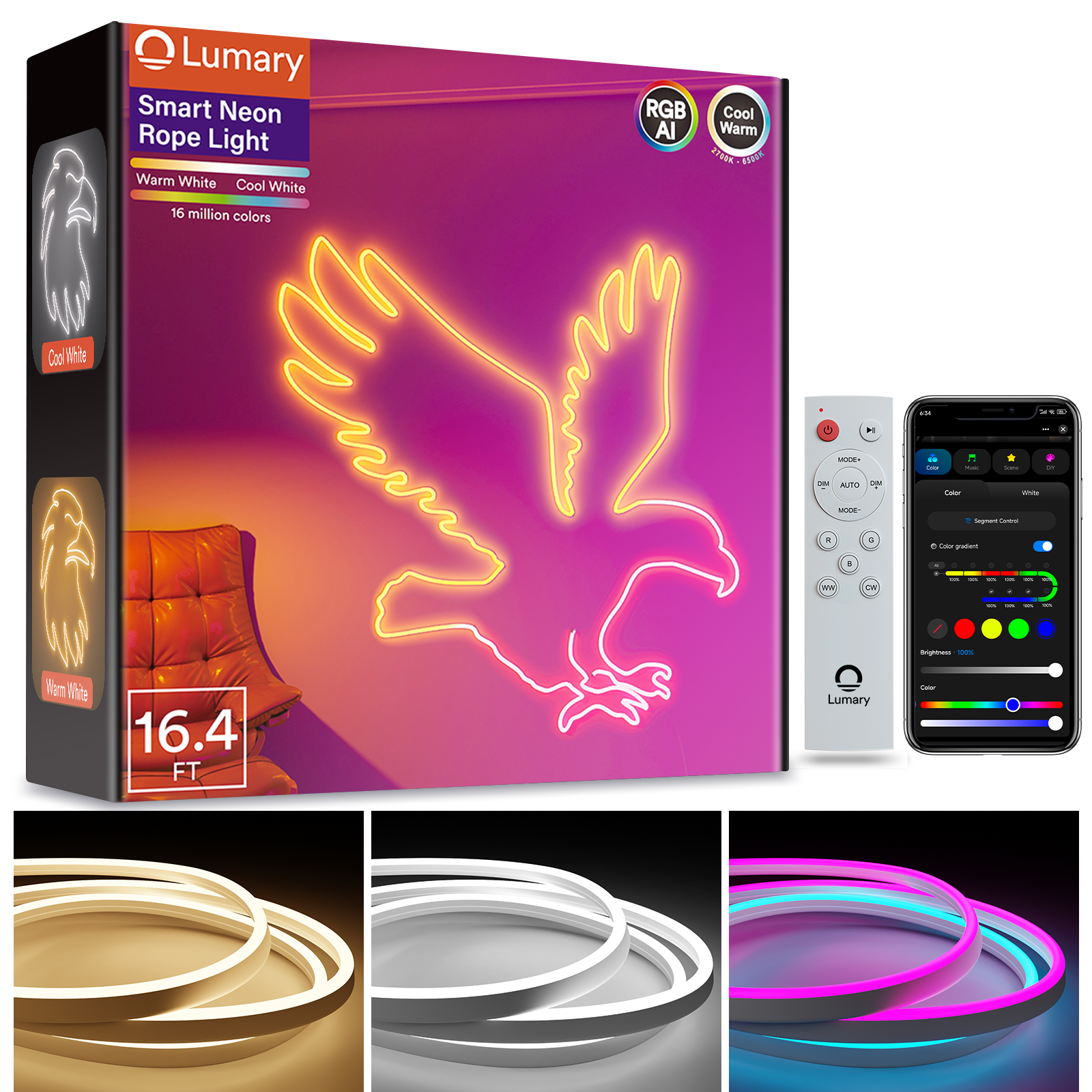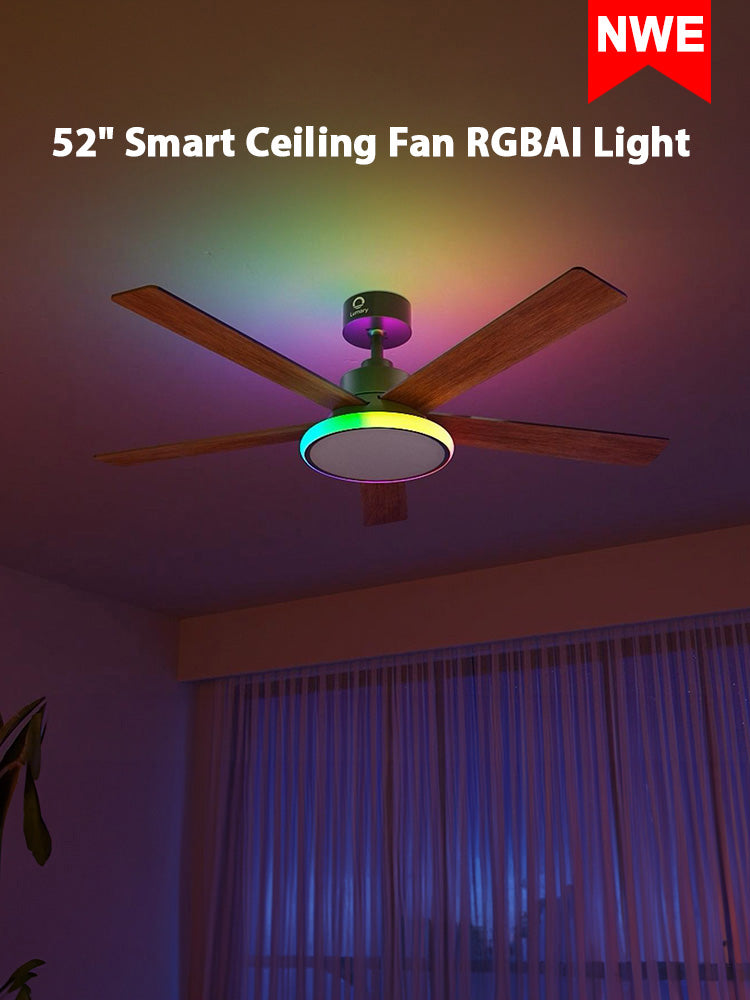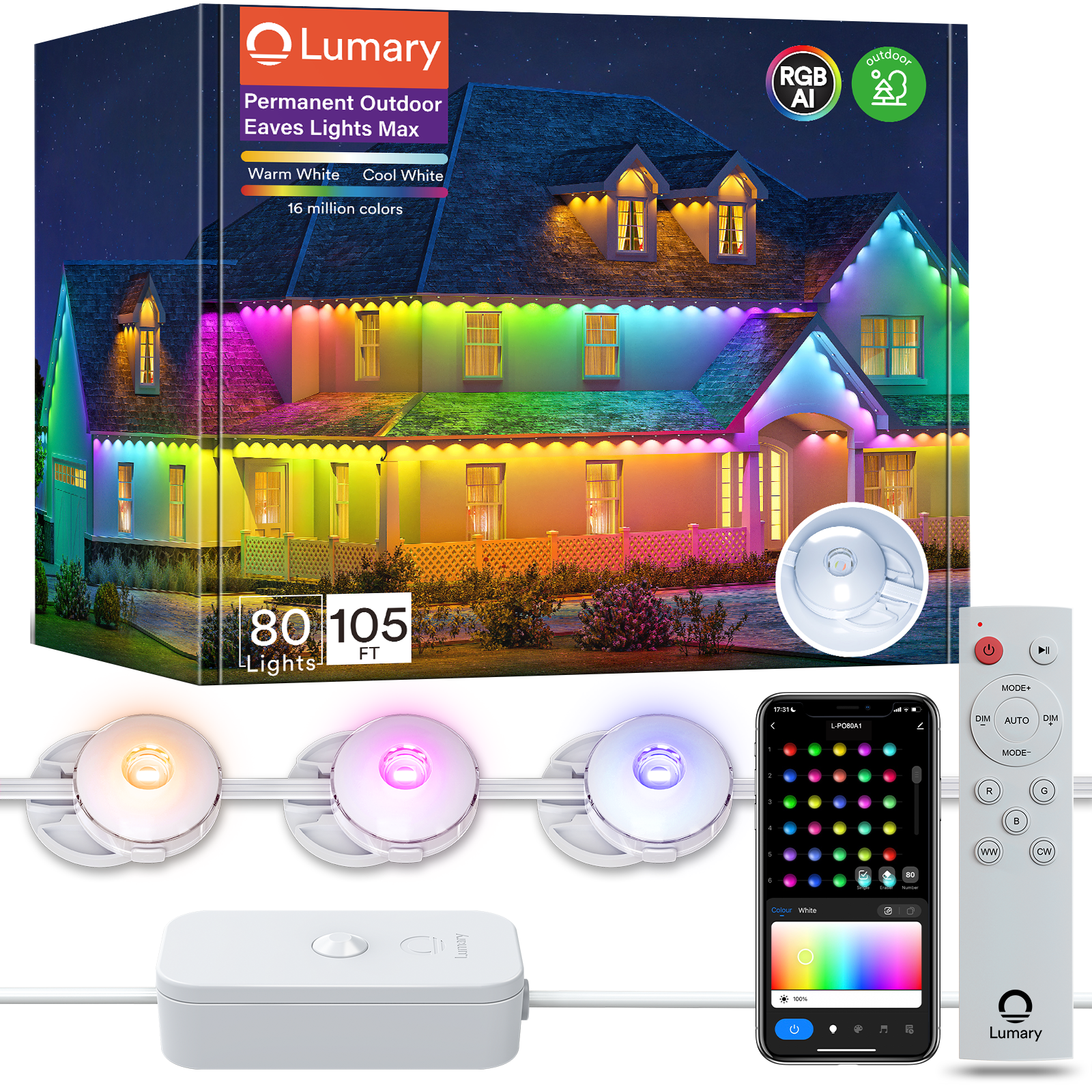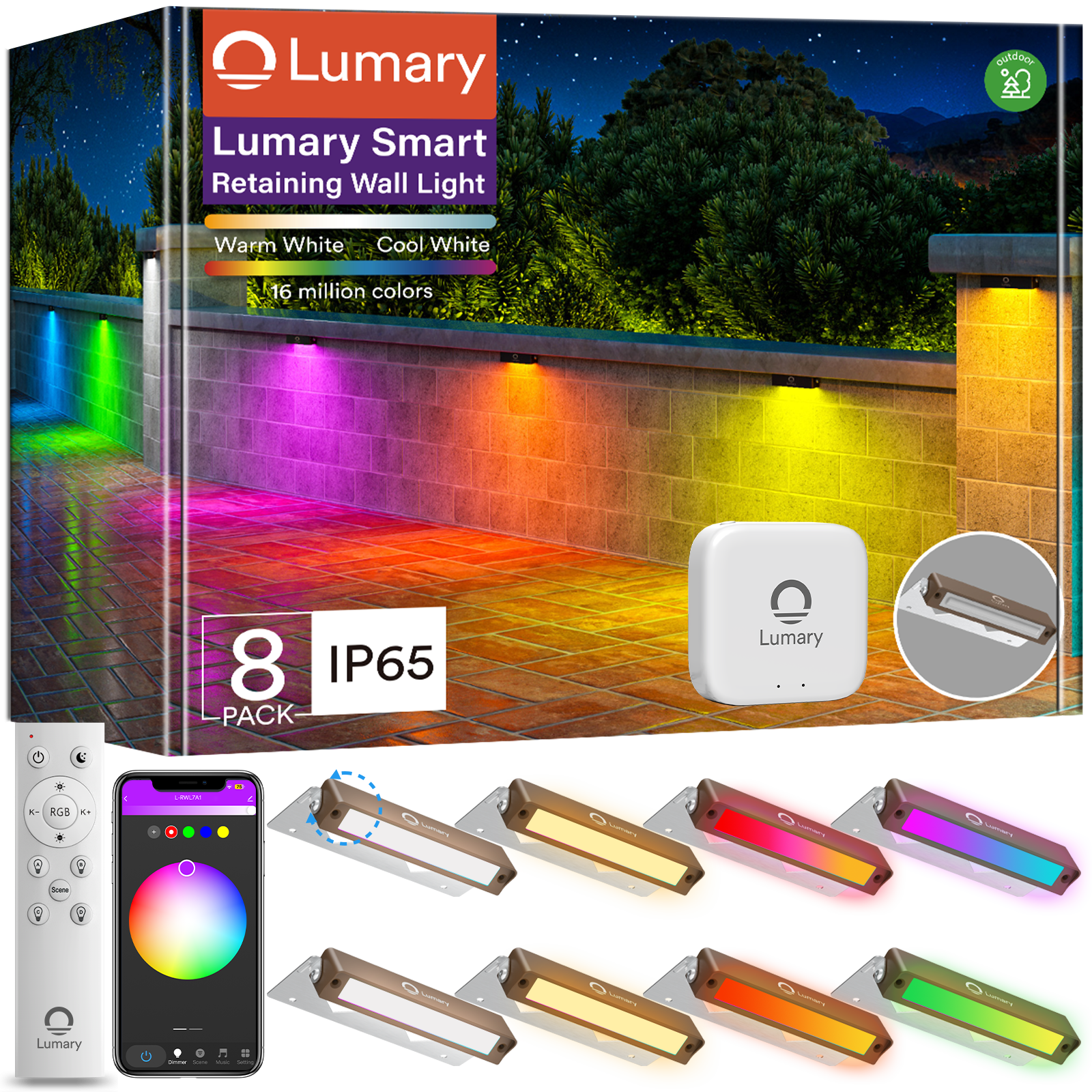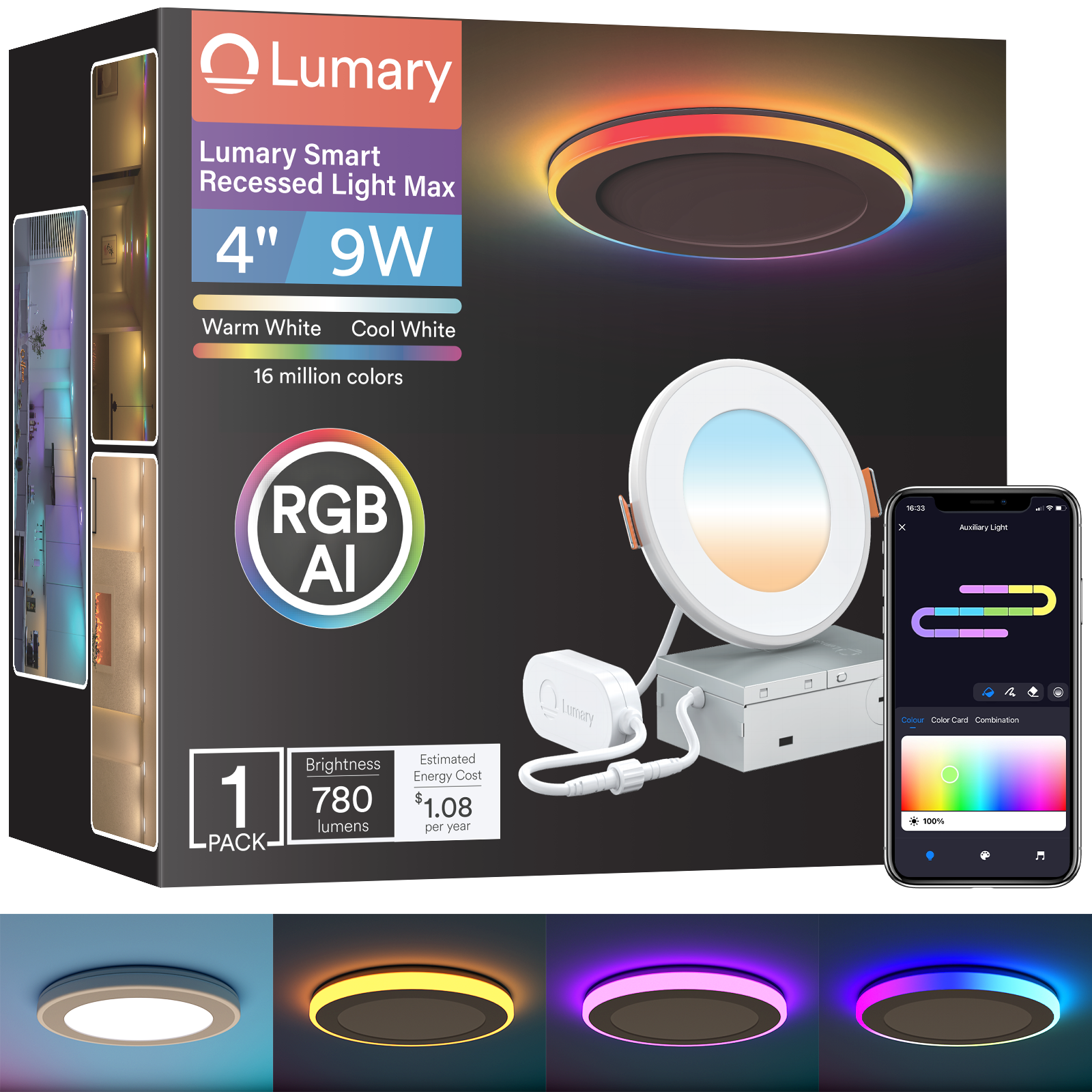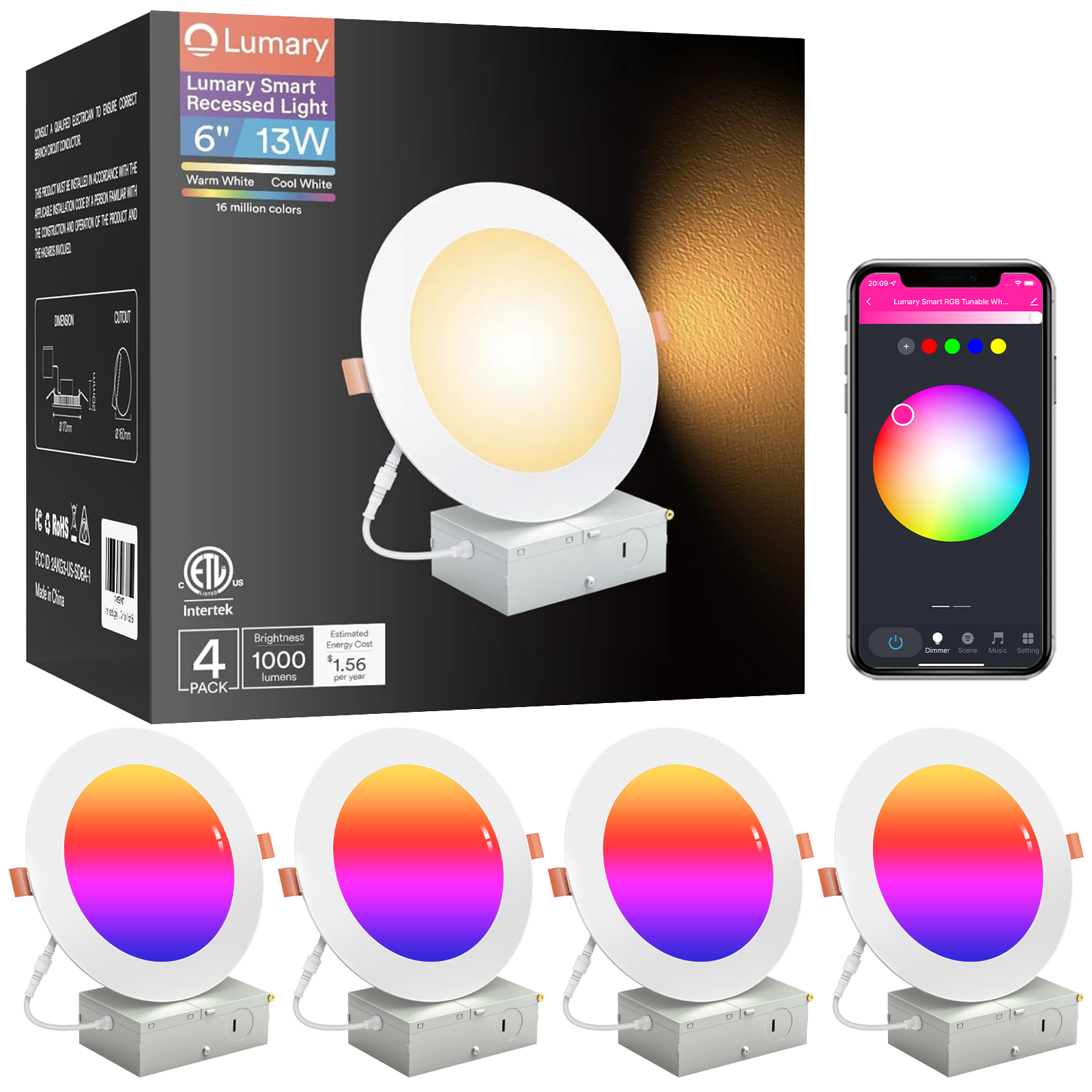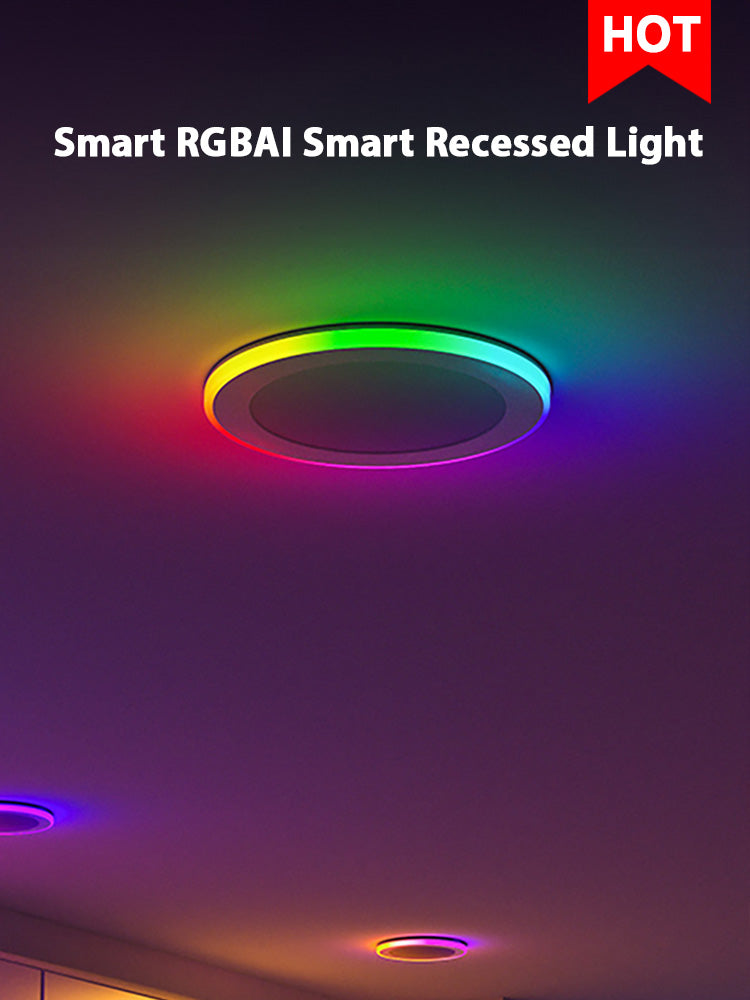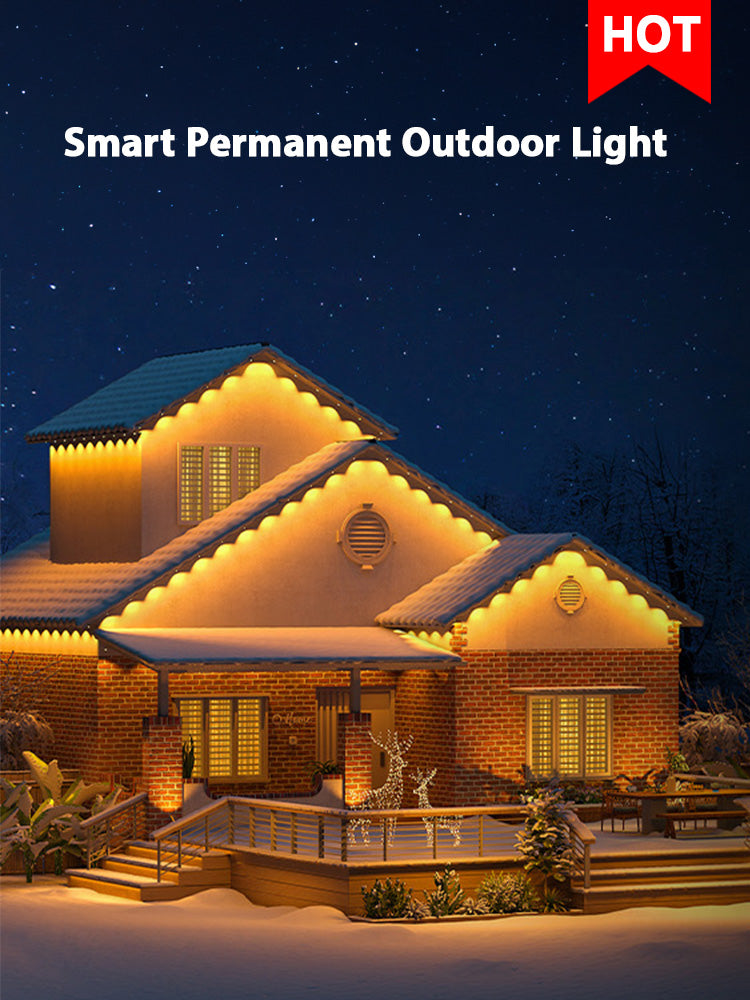LED strip lights have become a staple in modern home decor. These versatile lighting solutions offer endless possibilities for enhancing any room's ambiance. The global market for LED strip lights is booming, with projections reaching USD 4.97 billion by 2030. Choosing the right LED strip lights for each room is crucial. Different spaces require different lighting needs. A cozy bedroom might need soft, warm lights, while a kitchen could benefit from bright, task-oriented lighting. Selecting the right LED strip lights can transform your space into a functional and aesthetically pleasing environment.
Understanding LED Strip Lights

LED strip lights have become a popular choice for many lighting projects. You might wonder why these lights are so versatile. Let's dive into the different types and key features you should consider when choosing the perfect LED strip lights for your space.
Types of LED Strip Lights
Flexible vs. Rigid LED Strips
Flexible LED strips offer great versatility. You can bend and shape them to fit any corner or curve in your room. These strips are perfect for creative projects where flexibility is key. On the other hand, rigid LED strips provide a more structured lighting solution. These strips work well for straight lines or flat surfaces. You might find rigid strips ideal for under-cabinet lighting in the kitchen or along shelves.
Single Color vs. RGB LED Strips
Single color LED strips deliver a consistent hue throughout your space. These strips are perfect if you want a specific ambiance, like warm white for a cozy feel. RGB LED strips take lighting to another level. You can change colors with a remote or app, offering endless possibilities for mood lighting. Imagine turning your living room into a vibrant party space with just a click.
Key Features to Consider
Brightness and Lumens
Brightness matters when selecting LED strip lights. You should look at lumens per foot to determine how bright the lights will be. A higher lumen count means brighter lights. For task lighting, opt for brighter strips. For ambient lighting, softer brightness might be more suitable.
Color Temperature and Color Rendering Index (CRI)
Color temperature affects the mood of your room. You can choose warm tones for relaxation or cool tones for focus. The Color Rendering Index (CRI) ensures accurate color representation. A higher CRI means colors appear more natural under the light. This feature is crucial for spaces where color accuracy is important, like art studios or makeup rooms.
Waterproofing and IP Ratings
Waterproofing is essential for certain areas. You should check the IP rating to know the level of protection against moisture and dust. An IP65 rating means the strip lights are water-resistant, making them suitable for bathrooms or outdoor use. Always consider the environment where you plan to install the lights.
Choosing the right LED strip lights involves understanding these types and features. You can transform any room by selecting the best options for your needs. Whether you want to highlight architectural features or create a cozy nook, LED strip lights offer endless possibilities.
Choosing LED Strip Lights for Specific Rooms
Living Room
Creating Ambiance with Dimmable Lights
You want your living room to feel cozy and inviting. Dimmable LED strip lights can help you achieve this. Adjust the brightness to match your mood or the time of day. Lower the lights for a movie night or brighten them for a lively gathering. Dimmable lights give you control over your living room's atmosphere.
Highlighting Architectural Features
Architectural features deserve attention. LED strip lights can highlight these elements beautifully. Place strips along ceiling coves or around fireplaces. Linear LED stripes work wonders here. John Cullen's designs show how these lights can accentuate decorations and books. Your living room can become a showcase of style and elegance.
Kitchen
Task Lighting for Countertops
Cooking requires focus. LED strip lights provide excellent task lighting for countertops. Install strips under cabinets to illuminate your workspace. Bright light helps you see clearly while chopping vegetables or reading recipes. LED strip lights make cooking safer and more enjoyable.
Accent Lighting for Cabinets
Cabinets often need a touch of flair. LED strip lights add that extra sparkle. Place strips inside glass-front cabinets to highlight your dishware. Interior designers use linear LED stripes to enhance home atmospheres. Your kitchen can feel both functional and stylish with the right lighting.
Bedroom
Soft Lighting for Relaxation
Relaxation is key in the bedroom. Soft LED strip lights create a calming environment. Choose warm colors to promote restfulness. Install strips behind headboards or along baseboards. The gentle glow helps you unwind after a long day. Your bedroom becomes a sanctuary of peace.
Decorative Lighting for Headboards
Headboards can become focal points. Decorative LED strip lights offer creative possibilities. Outline the headboard with strips for a unique look. Experiment with colors and patterns. Your bedroom gains personality and charm with these artistic touches.
LED strip lights transform rooms into personalized spaces. Whether you want to create ambiance, enhance functionality, or add decorative flair, these lights offer endless options. Explore the potential of LED strip lights in your home today.
Installation and Maintenance Tips

Installation Methods
Adhesive Backing vs. Mounting Clips
Choosing the right installation method for LED strip lights can make a big difference. Adhesive backing offers a simple solution. Peel off the protective layer and stick the strip to any clean surface. This method works well for temporary setups or smooth surfaces. Mounting clips provide a more secure option. Use these clips to hold the strips in place, especially on uneven surfaces. Experts in offline distribution channels suggest trying both methods to see which suits your space best.
Power Supply and Wiring Considerations
Power supply plays a crucial role in LED strip light installation. Ensure the power source matches the strip's voltage requirements. Incorrect voltage can damage the lights. Wiring considerations matter too. Plan the layout before installation. Measure the distance from the power source to the strip. Longer distances may require thicker wires to prevent voltage drop. Consult an expert if unsure about wiring details. Proper planning ensures a successful installation.
Maintenance and Troubleshooting
Cleaning and Care
Regular cleaning keeps LED strip lights shining bright. Dust and dirt can accumulate on the strips. Use a soft cloth to wipe them gently. Avoid harsh chemicals that might damage the lights. Clean the surrounding area too. A clean environment enhances the light's effect. Consistent care extends the lifespan of your LED strip lights.
Common Issues and Solutions
LED strip lights may encounter common issues. Flickering lights often indicate a loose connection. Check all connections and secure them tightly. Dim lights might result from insufficient power supply. Verify the power source and adjust if necessary. If a section of the strip fails, inspect for damage. Replace the faulty part to restore full functionality. Expert guidance can help troubleshoot persistent problems. Addressing issues promptly ensures optimal performance.
LED strip lights offer flexibility and style for any room. Proper installation and maintenance enhance their effectiveness. Explore different methods and solutions to enjoy the full potential of your lighting setup.
Energy Efficiency and Cost Considerations
Choosing the right lighting for your home involves more than just aesthetics. Energy efficiency plays a crucial role in making a smart choice. LED strip lights stand out when compared to other lighting options. Let's explore why these lights are a wise investment.
Comparing LED Strip Lights to Other Lighting Options
Energy Consumption and Savings
LED strip lights offer significant energy savings. These lights convert up to 95% of energy into light. This efficiency contrasts sharply with fluorescent lighting, which only converts about 10%. Lower energy consumption means reduced electricity bills. Over time, these savings add up, making LED strip lights a cost-effective choice for any room.
Longevity and Durability
LED strip lights boast impressive longevity. These lights last much longer than traditional lighting options. A longer lifespan means less frequent replacements. This durability reduces maintenance costs and effort. Investing in LED strip lights ensures reliable lighting for years to come.
Budgeting for LED Strip Light Projects
Initial Costs vs. Long-term Savings
The initial cost of LED strip lights might seem higher. However, consider the long-term savings. Reduced energy bills and fewer replacements offset the upfront expense. Over time, LED strip lights prove to be an economical choice. Planning your budget with this perspective ensures smart spending.
Finding Quality Products at Affordable Prices
Finding quality LED strip lights at affordable prices is possible. Look for reputable brands that offer warranties. High-quality products ensure better performance and longevity. Compare prices from different retailers to find the best deals. Online reviews can guide you in choosing reliable products. Balancing quality and cost leads to a satisfying purchase.
LED strip lights provide energy efficiency and cost benefits. Choosing these lights means investing in a sustainable and economical lighting solution. Enjoy the advantages of LED strip lights in your home today.
Choosing the right LED strip lights for each room is crucial. You can create the perfect atmosphere by considering personal preferences and room requirements. LED strip lights offer numerous benefits, enhancing both home aesthetics and functionality. These lights consume less energy and reduce electricity bills. John Cullen's linear LED stripes highlight items like decorations and workstations. The versatility and efficiency of LED strip lights make them a popular choice for modern lighting solutions. Embrace the potential of LED strip lights to transform your living spaces into inviting and energy-efficient environments.

